cover photo by Mario Vigo
 The information about this location have been automatically translated with Microsoft Translator. The information about this location have been automatically translated with Microsoft Translator. Rank : 9.7 (average on 3 votes)Coordinates : 10.687580, -84.180649 ( Open in Google Maps) Subjects : Lagarto Lagoon is an eco-lodge in the far north of Costa Rica, just 2 km from the Nicaraguan border. The place is remote, nestled in the middle of the tropical forest, very far from any urban settlement. Near the rooftop terrace there are perches that are renovated daily and stocked with fresh fruit where they come to feed many different species of tropical birds. Lagarto Lagoon is one of the best places in Costa Rica to photograph toucans, notably Swainson's toucan (Ramphastos ambiguousus swainsonii), sulphorete tucano (Ramphastos sulfuratus) and collared lobsters (Pteroglossus torquatus). The mangers also frequently receive capebruno parrots (Pyrilia haematotis), bulge parakeets (Psittacara faschi), orange chin parakeet (Brotogeris jugularis), Amazon red reins (Amazona autumnalis), floury rider (Amazona floury), minor caste woodpecker (Celeus Montezuma's oropendola (Psarocolius montezuma), sulphore pitango (Pitangus sulphuratus), Gray's thrush (Turdus grayi), yellow and black oriolo (Icterus prosthemelas), blue grey tangara (Thraupis episcopus), golden tangara mask (Tangara larvata) , Gould euphonia (Euphonia gouldi), green chlorophanes (Chlorophanes spiza), palm tangara (Thraupis palmarum), scarlet rump tangara (Ramphocelus sparinii), red-horned cianerpe (Cyanerpes cyaneus) and shining cianerpes (Cyanerpes lucidus). In the large garden of the lodge it is easy to spot in the early morning and in the evening a species now rare and vulnerable as the hocco (Crax rubra) and, moreover, Cayenna squirrel cuckoo (Piaya cayana), ani beaked (Crotophaga sulcirostris), urubù (Coragyps atratus), black-throat trogone (Trogon rufus), codard trogone (Trogon massena), Hoffmann woodpecker (Melanerpes hoffmannii), scier -head -headed (Lepidocolaptes souleyetii), titira capinera (Tityra inquisitor), long-tailed tyrant (Colonia colonus) , house wren (Troglodytes aedon), testy sparrow (Peucaea ruficauda) and also mammals such as coati (Narica Narica) and spider monkeys (Ateles geoffroyi). Raptors generally stay away but you can spot osprey (Pandion haliaetus), poiana alilarghe (Buteo platypterus), gray buzzard (Buteo nitidus), runcoopun buzzard (Buteo brachyurus), sneering falcon (Herpetotheres cachinnans) and red-throated falcon (Falco rufigularis). More rarely can you see the green macaw (ambiguous ara), the scarlet macaw (Ara macao) and the beautiful Central American dwarf owl (Glaucidium griseiceps). There are no feeders for hummingbirds, but on flowers you can photograph hummingbirds whiteneck scars (Florisuga mellivora), amazilia tailrossiccia (Amazilia tzacatl) and nymph of the crowned woods (Thalurania Colombica). There are several paths that go into the forest where with patience and luck you can meet the beautiful manachino capirosso (Pipra mentalis) and white-necked manachino (Manacus candles). On the edge of the large pond below, where there are many caimans, sometimes comes the magnificent royal vulture (Sarcoramphus papa). In the lagoons of the forest there are neotropical cormorant (Phalacrocorax brasilianus), aninga (Anhinga anhinga), greater blue heron (Ardea herodius), greater white heron (Ardea alba), minor blue heron (Egretta caerulea), heron guardabuoi (Bubulcus ibis), tricolour heron (tricolour heron( Egretta tricolor), green heron (Butorides viriscens), rarely agami heron (Agamia agami), chicken sultan of Martinique (Porphyrio martini), white throat rail (Laterallus albigularis), Central American jacana (Jacana spinosa), collared kingfisher (Megaceryle torquata) , Amazon kingfisher (Chloroceryle amazona) and green and reddish kingfisher (Chloroceryle inda).Recommended equipment : Telephoto lens from 300 to 600 mm, any multipliers. The tripod is useful. The light in the forest is always very poor, very useful the use of flash and better beamer.Best months : All year round. The dry season runs from December to April/May, but even during the rainy season the photo opportunities are great, if not better. During this period, however, the large amount of mud makes it more difficult to explore the forest. How to get there : Lagarto Lagoon can only be added by car. It is 2 hours from Puerto Viejo de Sarapiqui and 3 1/2 hours from the capital San José. In the last part the journey is on a dirt road, sometimes very bad, and the indications are scarce if not completely absent.Visits : The entrance is reserved for guests of the lodge.Notes : The lodge is surrounded by a huge garden, very well cared for, and a large covered terrace adjacent to the restaurant from which you can enjoy magnificent views of the forest and a lagoon surrounded by towering trees of amarillo almendro (Dipteryx panamensis), the green macaw's favourite trees and indispensable for its survival. The staff at the lodge are always courteous and very helpful in meeting the demands of guests. Accommodations are simple but clean enough, with en-suite bathroom, no air conditioning but with a fan. Wi-fi is free of charge during the day in the reception and restaurant area. The lodge is one of the best places I have visited for bird photography, a haven for photographers, for birdwatchers but also for every nature enthusiast. | | Nearby:  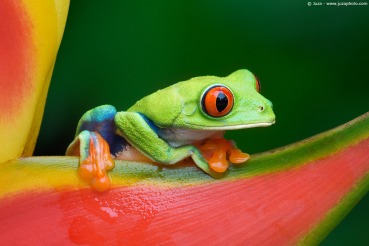 Selva Verde Reserve 29 km
 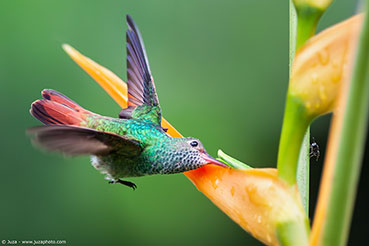 La Selva Biological Station 34 km
 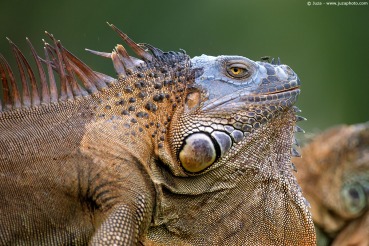 Iguana Bridge 39 km
 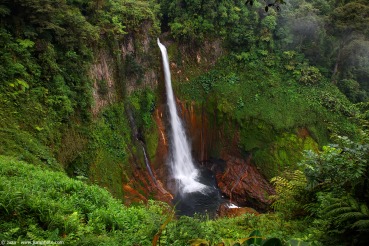 Catarata Del Toro 49 km
 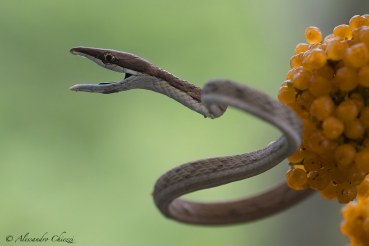 Arenal Volcano 62 km
  Caño Negro Wildlife Refuge 71 km
|

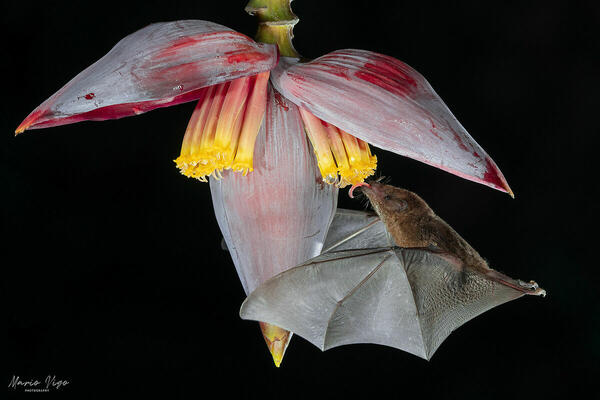
![[editors pick]](shared_files/layout/ep_badge.jpg)
![[retina]](shared_files/layout/retina_badge.jpg)
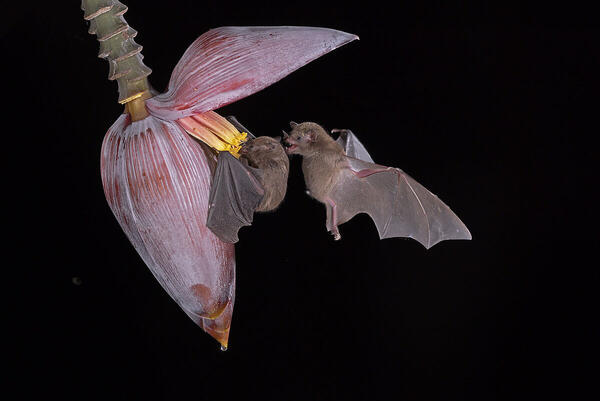
![[editors pick]](shared_files/layout/ep_badge.jpg)
![[retina]](shared_files/layout/retina_badge.jpg)
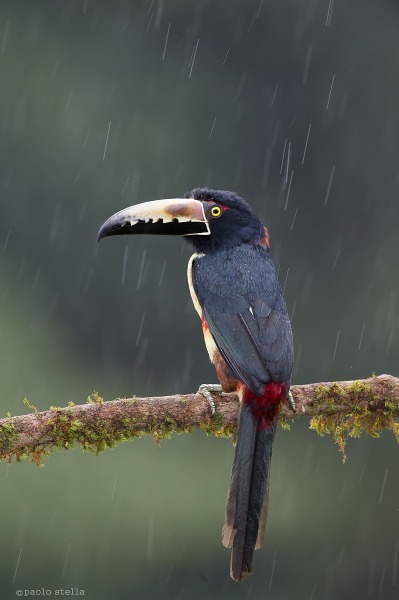
![[editors pick]](shared_files/layout/ep_badge.jpg)
![[retina]](shared_files/layout/retina_badge.jpg)
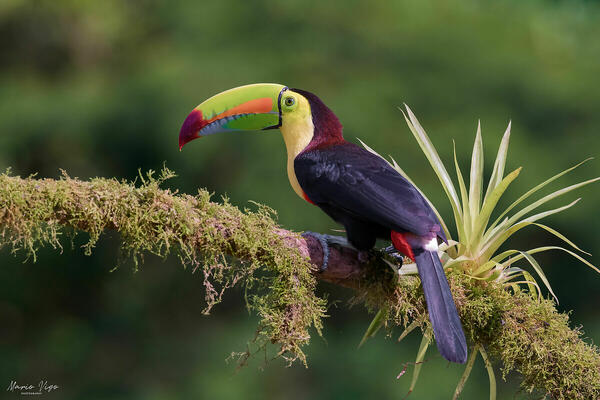
![[retina]](shared_files/layout/retina_badge.jpg)
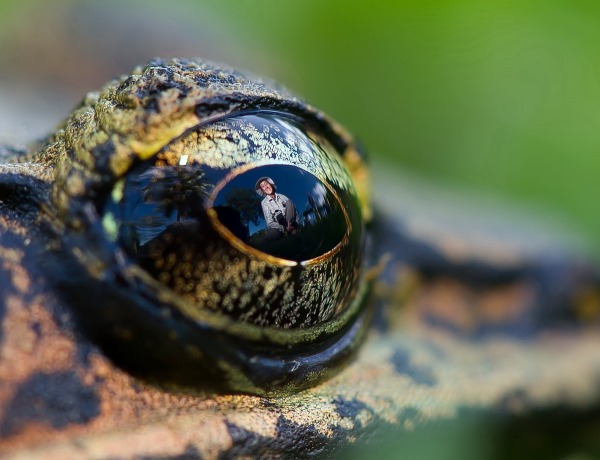
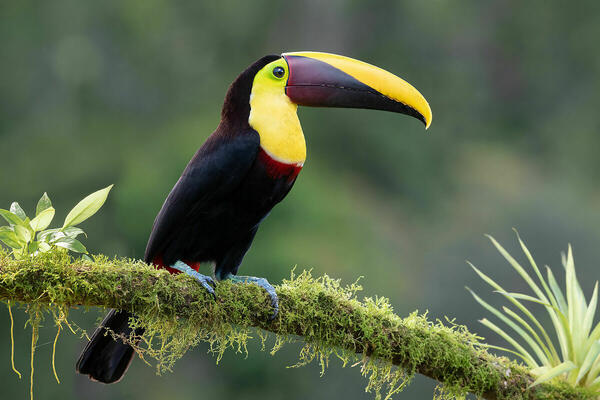
![[retina]](shared_files/layout/retina_badge.jpg)
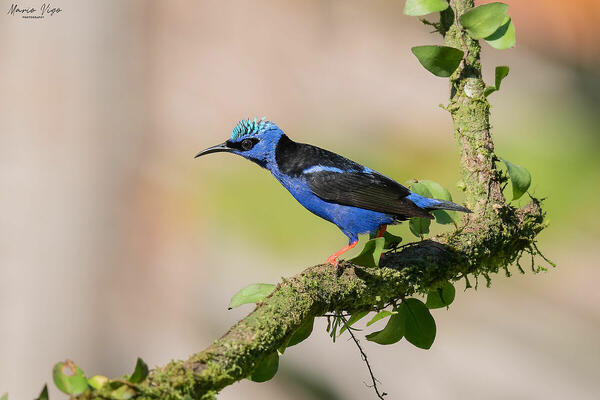
![[retina]](shared_files/layout/retina_badge.jpg)
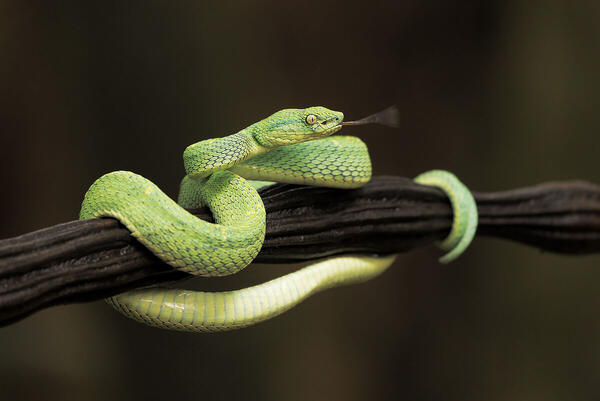
![[retina]](shared_files/layout/retina_badge.jpg)
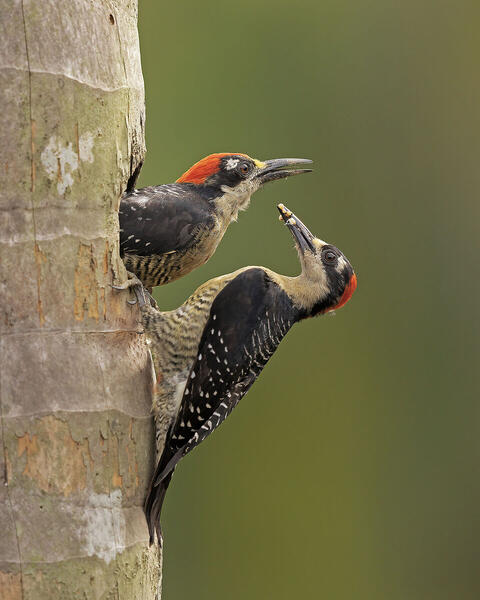
![[retina]](shared_files/layout/retina_badge.jpg)

![[retina]](shared_files/layout/retina_badge.jpg)

![[retina]](shared_files/layout/retina_badge.jpg)

![[retina]](shared_files/layout/retina_badge.jpg)
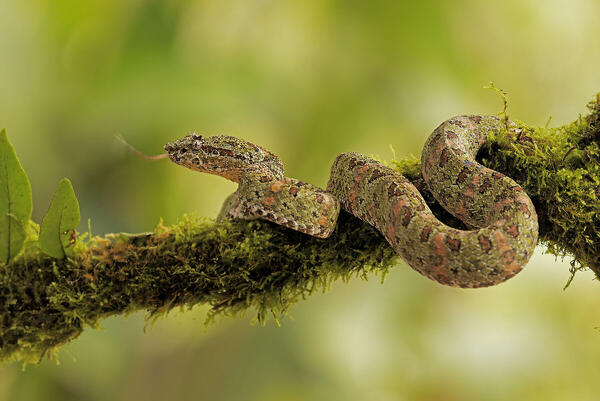
![[retina]](shared_files/layout/retina_badge.jpg)
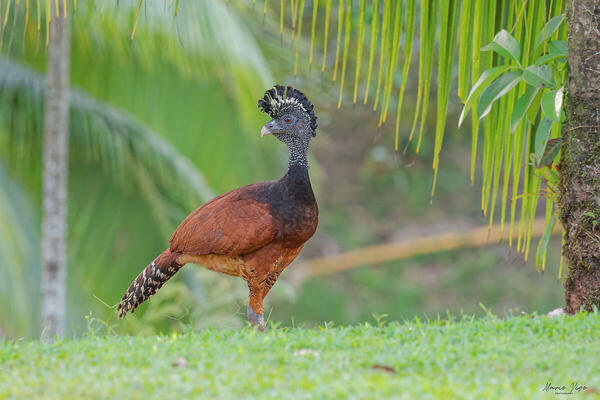
![[retina]](shared_files/layout/retina_badge.jpg)

![[retina]](shared_files/layout/retina_badge.jpg)

![[retina]](shared_files/layout/retina_badge.jpg)
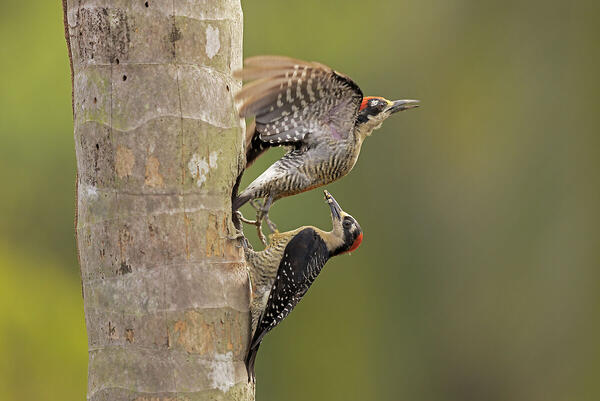
![[retina]](shared_files/layout/retina_badge.jpg)

![[retina]](shared_files/layout/retina_badge.jpg)
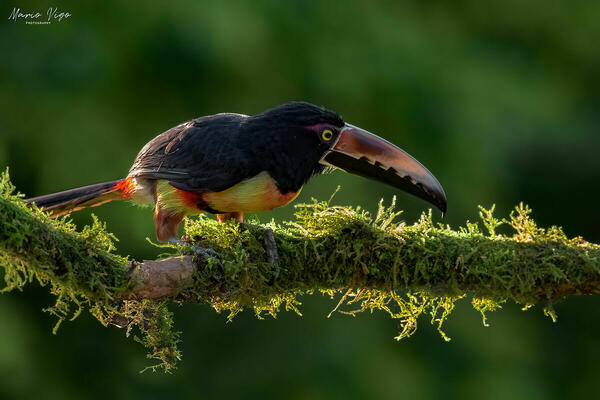
![[retina]](shared_files/layout/retina_badge.jpg)
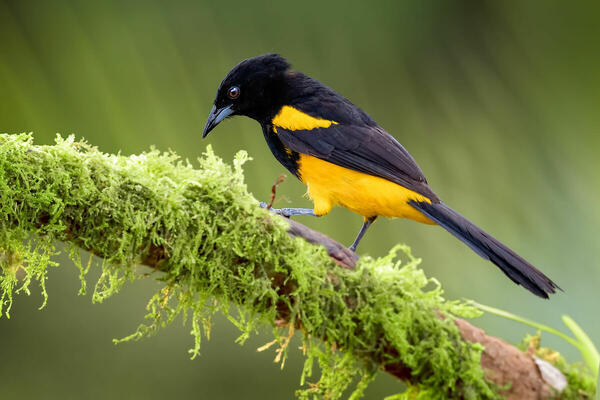
![[retina]](shared_files/layout/retina_badge.jpg)
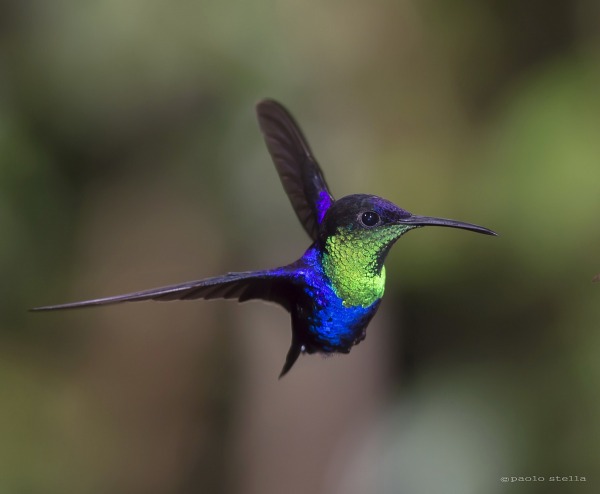
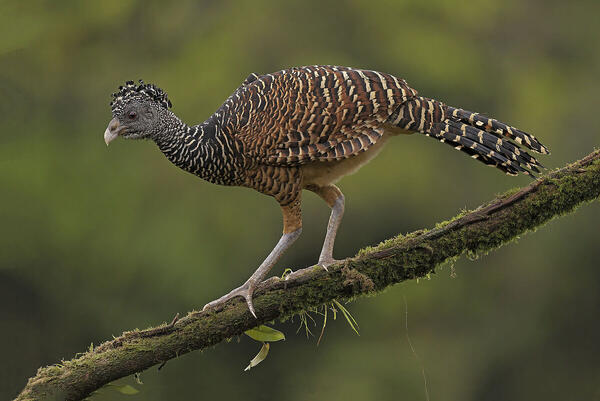
![[retina]](shared_files/layout/retina_badge.jpg)
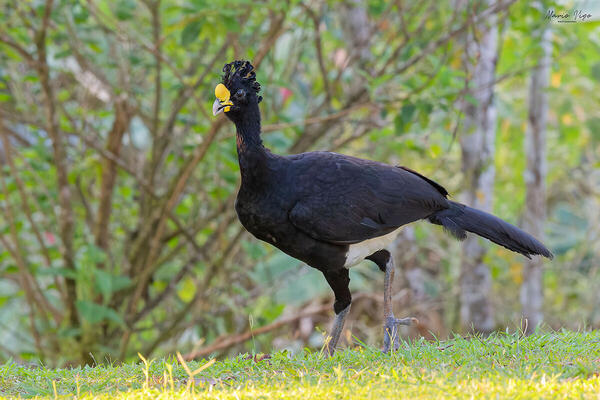
![[retina]](shared_files/layout/retina_badge.jpg)
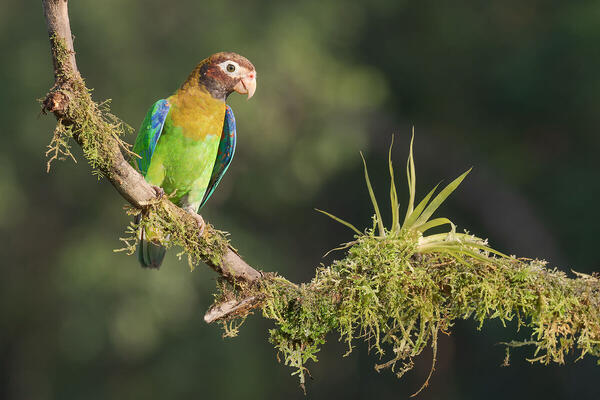
![[retina]](shared_files/layout/retina_badge.jpg)
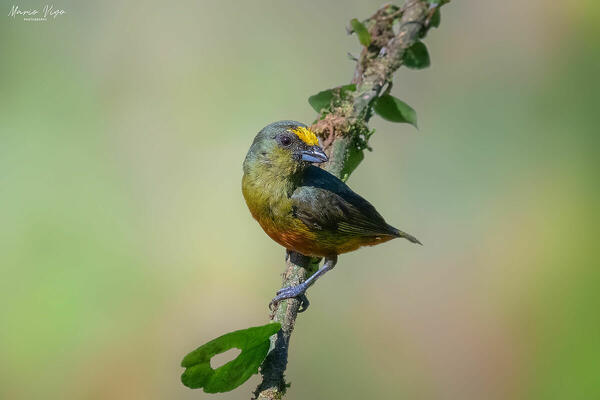
![[retina]](shared_files/layout/retina_badge.jpg)
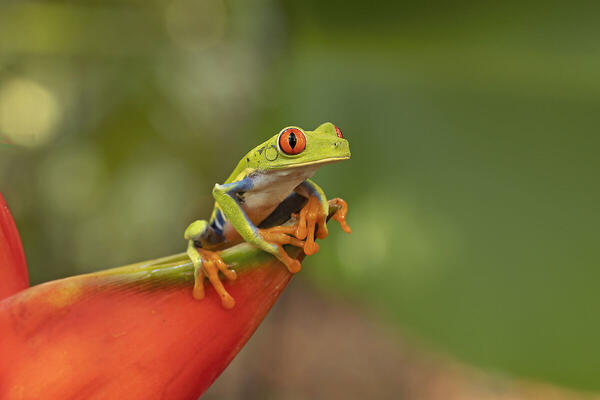
![[retina]](shared_files/layout/retina_badge.jpg)
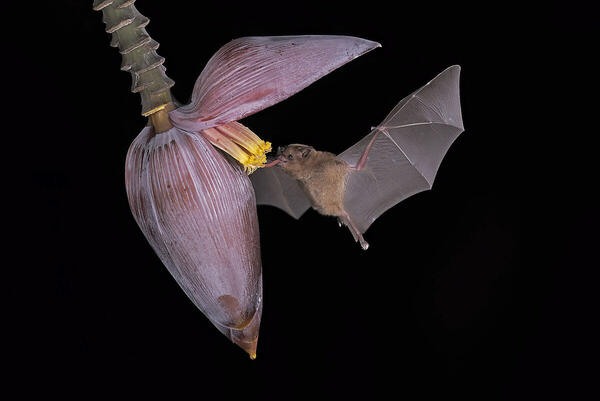
![[retina]](shared_files/layout/retina_badge.jpg)
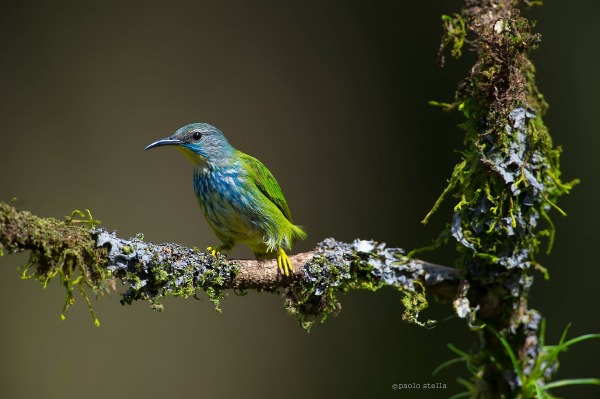
![[retina]](shared_files/layout/retina_badge.jpg)
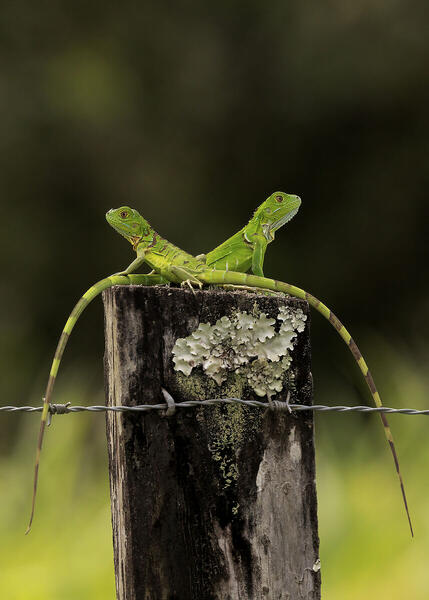
![[retina]](shared_files/layout/retina_badge.jpg)
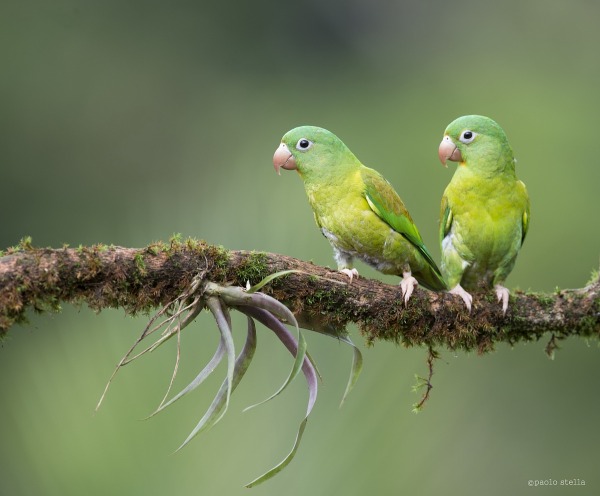
![[retina]](shared_files/layout/retina_badge.jpg)

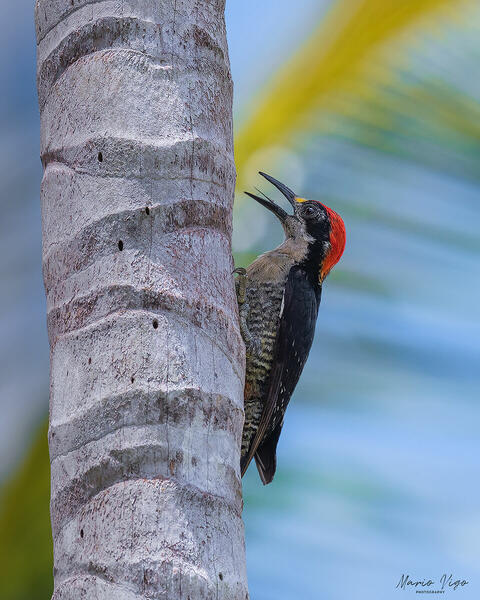

![[retina]](shared_files/layout/retina_badge.jpg)

![[retina]](shared_files/layout/retina_badge.jpg)
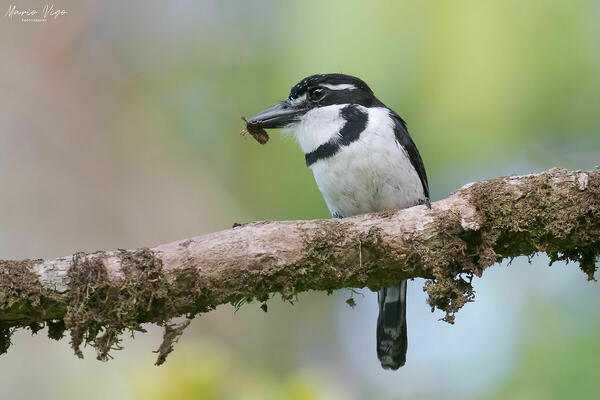
![[retina]](shared_files/layout/retina_badge.jpg)

![[retina]](shared_files/layout/retina_badge.jpg)

![[retina]](shared_files/layout/retina_badge.jpg)
 JuzaPhoto contains affiliate links from Amazon and Ebay and JuzaPhoto earn a commission in case of purchase through affiliate links.
JuzaPhoto contains affiliate links from Amazon and Ebay and JuzaPhoto earn a commission in case of purchase through affiliate links.